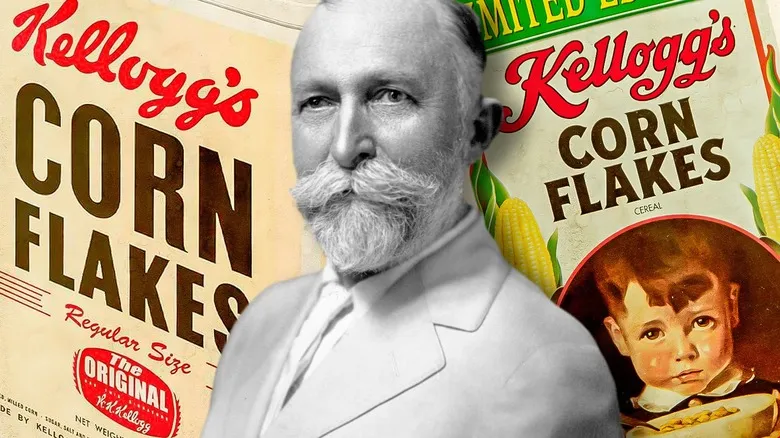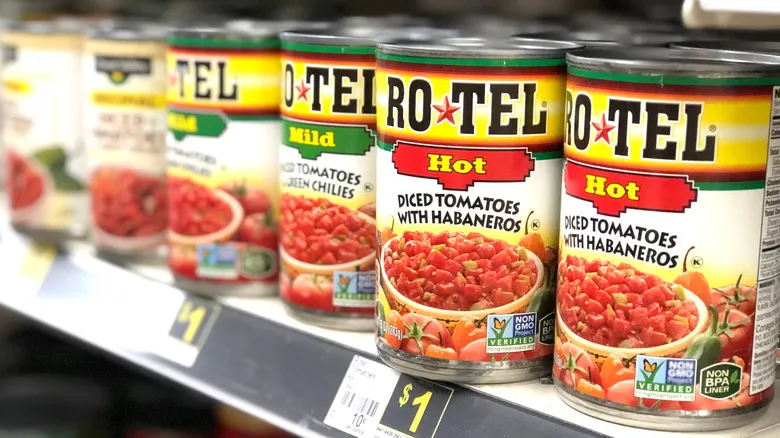Origins of Rotel dip

Chile con queso is widely regarded as a fusion of Mexican and Texan culinary traditions, commonly referred to as Tex-Mex. Although the precise origin of queso is a topic of debate, one historical narrative points to its inception at a San Antonio Tex-Mex establishment called the Original Mexican Restaurant, which opened in 1900. In the book "Truly Texas Mexican" (as noted by San Antonio Magazine), author and chef Adán Medrano describes the restaurant as being "operated by Anglos for Anglos," offering Americanized interpretations of Mexican cuisine, including chile con queso. Throughout the 20th century, more Tex-Mex restaurants emerged, adapting traditional home recipes by utilizing packaged ingredients such as chili powder, processed cheese, and eventually Rotel.
In 1943, Texan farmer Carl Roettele established a canning facility in Elsa, Texas, where he began canning tomatoes and green chiles together, distributing them to various Texas cities. He simplified the name of his flavorful canned mixture to Rotel for easier pronunciation. By the mid-1950s, Rotel began to spread to other southern states like Oklahoma and Arkansas. Its popularity eventually soared nationwide, even reaching the White House. First Lady and Texas native Lady Bird Johnson helped popularize Ro-Tel canned tomatoes by sharing her favorite Texas recipes, which included chili made with Rotel as one of the ingredients. Today, Rotel can be found in most major grocery chains across the country and remains a favored quick and zesty addition to chili, soups, casseroles, and dips.
Recommended

The Myth Behind The Invention Of Kellogg's Cereal

The Traditional Reasons Chinese Restaurants Have Round Tables

The Truly Ancient Origins Of Deviled Eggs

The World's First Potato Chip Flavor Is Still A UK Staple
Next up

